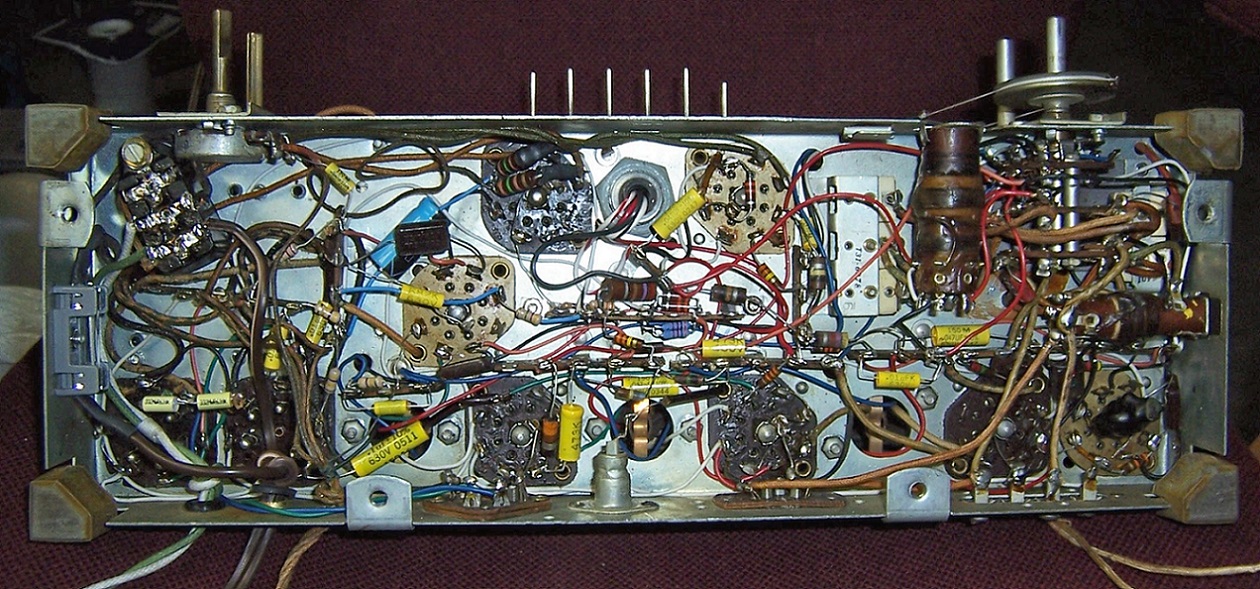Okay..... take a look at this. I like to colorize and mark schematics... I guess that's a newbie way of doing it but that's what I am... a newbie!
On the left side is the original schematic, with color and +/- added for clarification.
On the right side was done using the original schematic and a picture of the block. I made it a bit more complex since I was demonstrating having it hooked up to the block, which the schematic doesn't exactly do. The schematic just shows the nitty-gritty of how things should be connected to each other, not a block with multiple points where you can solder on wires.
Does the right side appear to match up to the left side in terms of how the wiring should go?
[Image:
http://img.photobucket.com/albums/v222/i...g~original]
Also, my block still has the black tar. I just checked it today.
I will have to go about doing this: (pics from Google)
[Image:
http://farm9.staticflickr.com/8027/71689...27c3_z.jpg]
[Image:
http://mcclellans.com/images/Philco90/Bl...Inside.jpg]
Is your AC cable wired up for the white stripe side to be positive or negative? I see what appears to be a glass fuse holder wired up in-line to the non-stripe AC wire coming in, which in my mind would be the negative wire. Is that how you have it done, or am I seeing things? The fuse would presumably be on the positive AC wire coming in.
My diagram, the way I drew it up, seems to shows the connections to the block opposite from the way yours is, but it doesn't matter actually which way you do it. It comes out the same either way.
My diagram shows + on the connections furthest from the mounting bolt and - on the middle one. Meanwhile, yours has the - on the furthest from the mounting bolt and + on the middle one. (The one closest to the bolt, the chassis ground, is unused on the outside)




